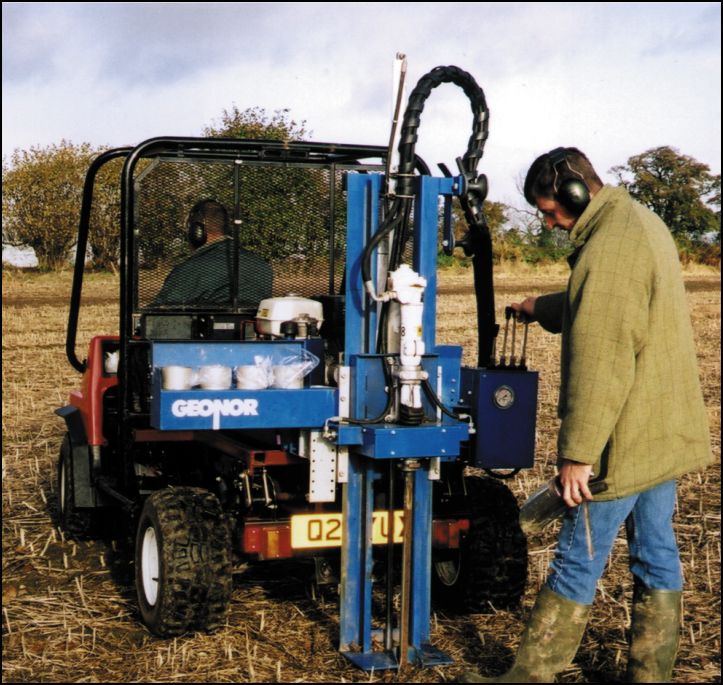The amount of Nitrogen available in a soil is the result of a number of factors, including:
- N applied to previous crop
- N offtake by the previous crop
- Loss of N over winter through leaching of nitrate with drained water
- leaching losses are higher on sandier (less retentive) soils, where winter rainfall is higher and where there has been little crop uptake of N over autumn.
- Mineralisation of N from soil organic matter.
- Deposition of ammonia N from the atmosphere
SNS can be estimated by Field Assessment Method (RB209) using empirically derived look-up tables of previous crop, soil type and over winter rainfall.
SNS can also be measured via soil mineral nitrogen (SMN) sampling, analysing nitrate and ammonium concentrations. Because nitrogen is mobile in water and can be accessed from the full soil profile, soil samples should be taken to depth, usually in 0-30, 30-60 and 60-90cm horizons from a number of locations across the field, using a soil corer. To minimise mineralisation and conversion of N in the sample, it is important that it is kept cool and analysed by the laboratory as soon as possible after sampling. When measuring SMN an estimate of N already in the crop should be taken and included in the SNS estimate.




